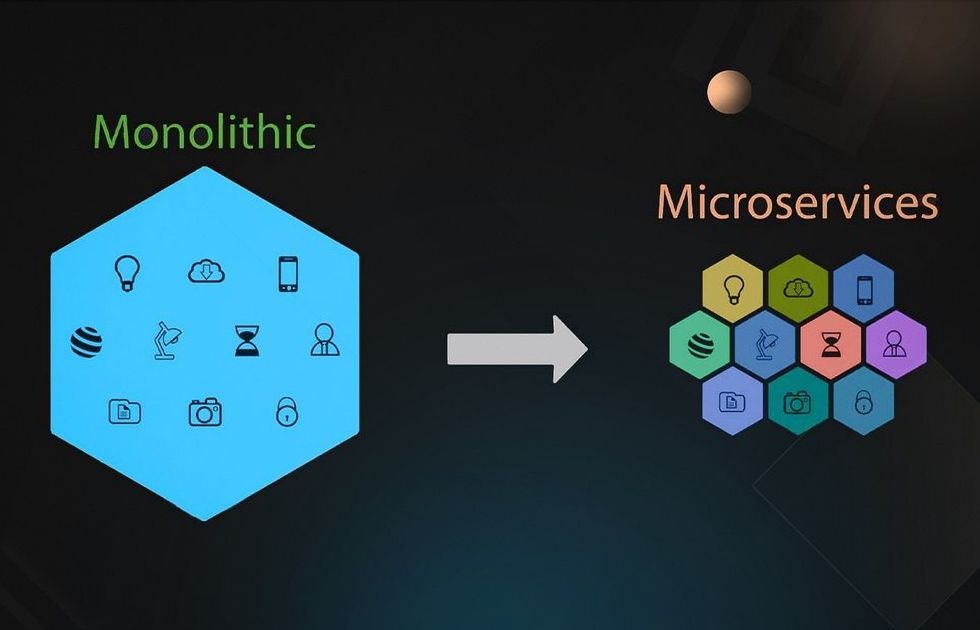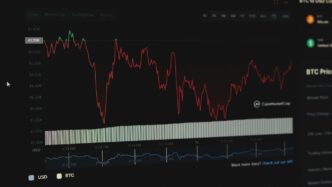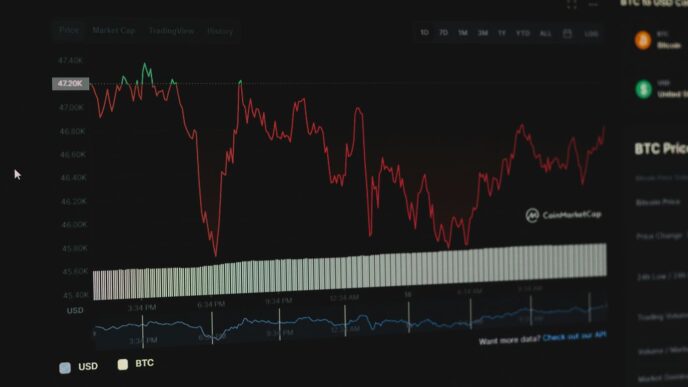Uber’s story is one of explosive growth. From a simple ride-hailing app, it transformed into a global transportation and logistics powerhouse. But this success came with challenges. The original system design, a monolithic architecture, began to struggle under the weight of Uber’s massive user base and complex operations.
The Monolithic Maze
Imagine a giant ball of tangled string – that’s kind of what a monolithic architecture is like. All the functionalities of the system are tightly interwoven in one massive codebase. This approach worked well for Uber in the early days. It was simple to develop and deploy updates. But as Uber grew, the monolithic system became a bottleneck.
Independent development became a nightmare. Changing one feature meant potentially breaking another. Deploying updates took a long time and carried a high risk of disrupting the entire system. It was like trying to untangle that giant ball of string – a slow and frustrating process.
Microservices: A Way Out
Microservices are like breaking the tangled string into smaller, manageable pieces. Each piece represents a specific function, like rider management, driver management, or payments. These microservices are independent of each other, allowing for faster development and deployment. Think of it as having separate balls of string, each representing a single function. Updates to one function don’t affect the others, making the system more stable and easier to maintain.
The Uber Domain: A Microservice Masterclass
Uber didn’t just adopt microservices; they created a unique approach called domain-oriented architecture. They defined “domains” based on their core business functions. Each domain has its own set of microservices working together. This modular structure provides a clear separation of concerns, making the system easier to understand and manage. It’s like having different colored balls of string, each representing a specific business area.
Benefits All Around
The switch to domain-oriented microservices has been a game-changer for Uber. Development teams can now work independently and deliver features faster. If one service goes down, it doesn’t bring down the entire system. This improves reliability and keeps Uber running smoothly. Additionally, Uber has more flexibility to adapt to changing market needs by adding or modifying individual microservices.
Challenges on the Road
Of course, moving to microservices isn’t a walk in the park. Managing a distributed system with many moving parts adds complexity. Communication between services needs to be robust and well-defined. Data consistency across services is crucial to avoid inconsistencies. It’s like having many balls of string, but now you need a way to keep them all connected and organized.
The Future is Microservices
Uber’s success story is a powerful example of how domain-oriented microservices can help companies scale. This approach isn’t just for giants like Uber; it can be beneficial for organizations of all sizes. As technology evolves, microservices are likely to become the norm, allowing businesses to build agile and adaptable systems for the future.
However, system design Uber wasn’t always this efficient. Their initial monolithic architecture, while simple at first, became a major roadblock when it came to scaling their operations. This shift to domain-oriented microservices demonstrates the power of a well-designed system in supporting a company’s growth.












